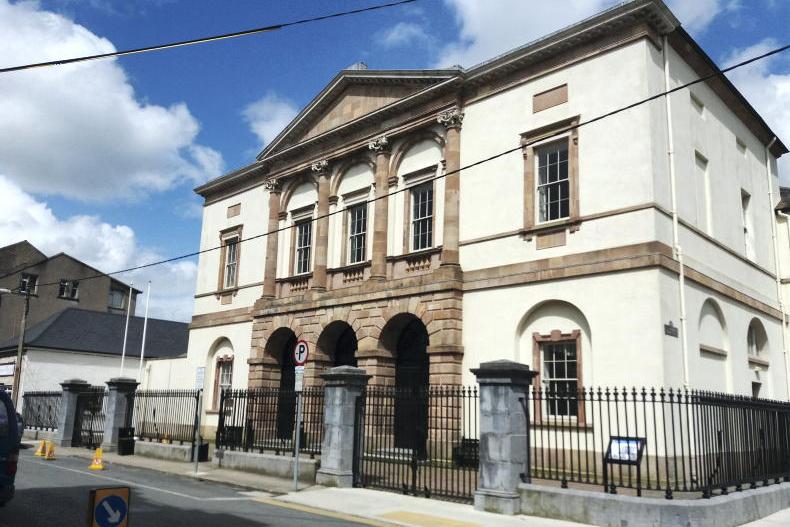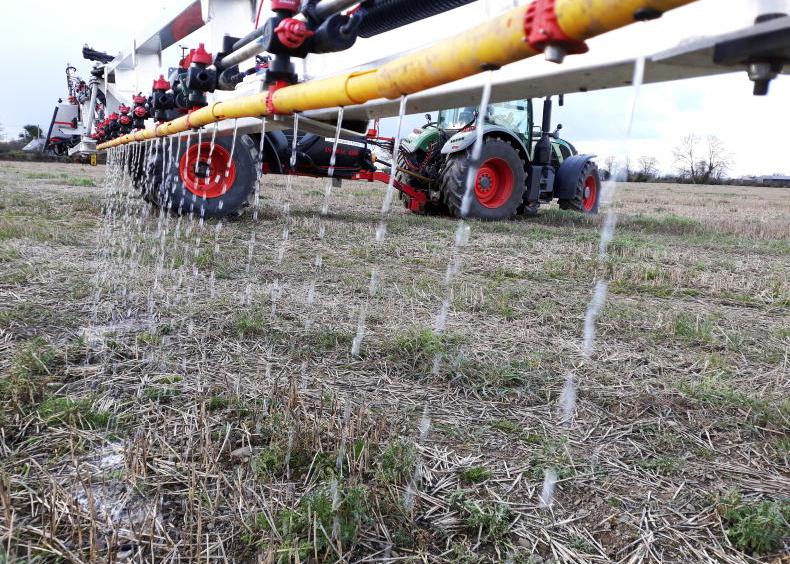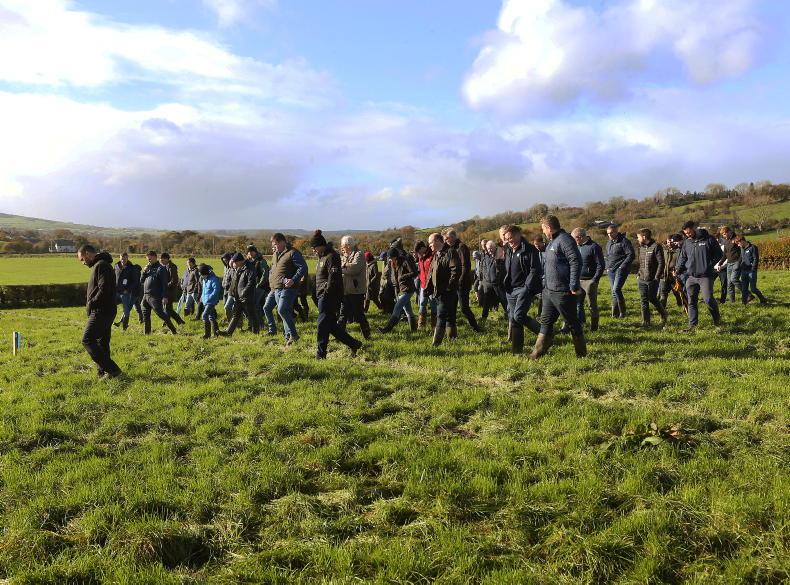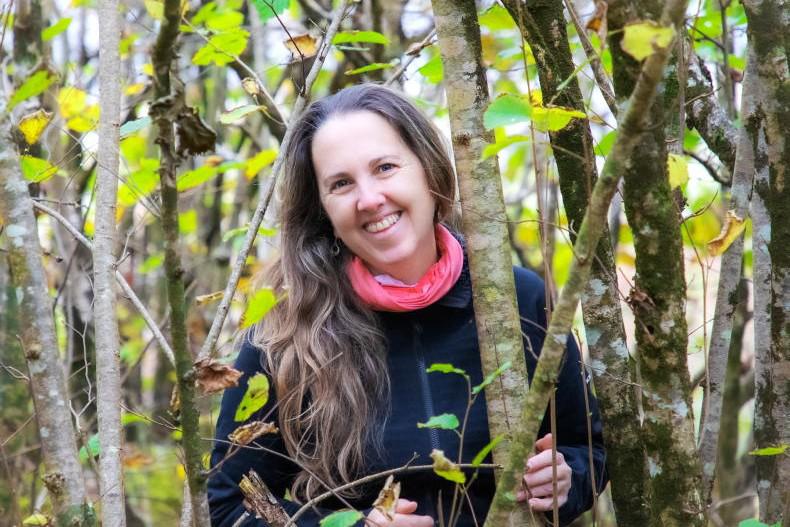Farmers tend to be much more open to integrating trees within hedgerows than setting aside areas of land for new plantations, a Woodland Trust adviser has acknowledged.
Speaking at an online event, Pete Leeson said the countryside is “full of grazing animals and farmers who want to graze”.
“They don’t necessarily want to plant woodlands, but they have engaged with hedges and wood pastures for many years and are quite keen to do more of that,” he told the Nature Friendly Farming Network.
Benefits
Leeson said the benefits of growing more hedgerows on farms include improved shelter for livestock and better grassland management if large fields are sub-divided.
From an environmental perspective, Leeson described hedgerows as “fantastic features” for wildlife. “If that (planting hedges) is all you ever do for wildlife, it would be a really good start,” he said.
The Woodland Trust adviser said hedgerows should be dense at the bottom and he recommends the traditional method of hedge-laying as the ideal way to manage them in the long term.
“A hedge that is managed too tight and too low by being continually flailed is going to get leggy at the bottom and capped on top, so it will not be particularly good for wildlife or wind shelter,” he said.
Hedge-laying involves partially cutting existing bushes near the base of the stem then bending them over to encourage the hedgerow to thicken.
It is not a common practice in NI, especially since the hedge-laying measure was removed from the Environmental Farming Scheme in 2021.
For those who are prepared to do it, Leeson recommends carrying out some hedge laying work every year as part of a seven-year rotation across a farm. “It means you have some low, recently cropped hedges, some intermediate hedges, and some grown out hedges which will have berries and flowers,” he said.










SHARING OPTIONS